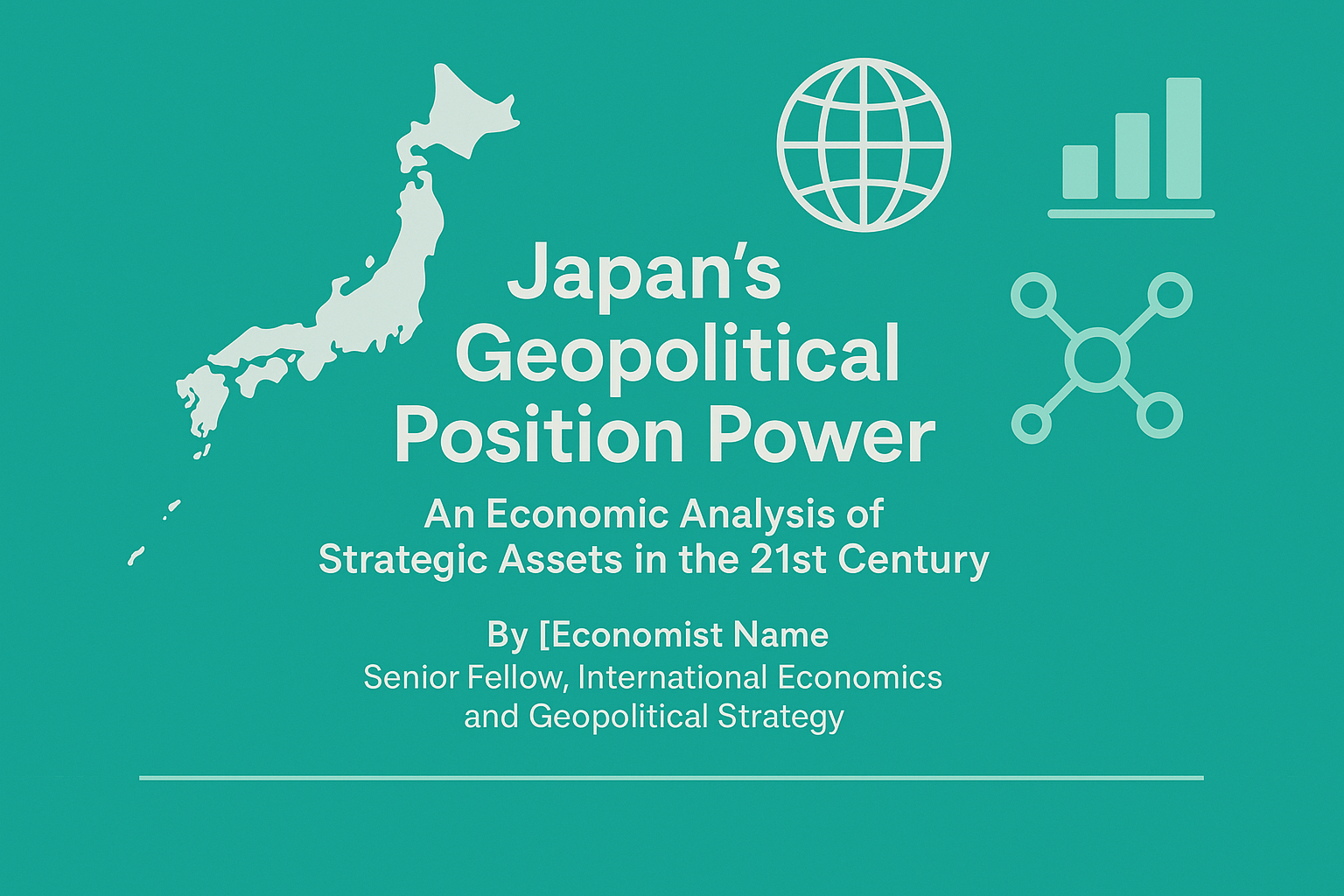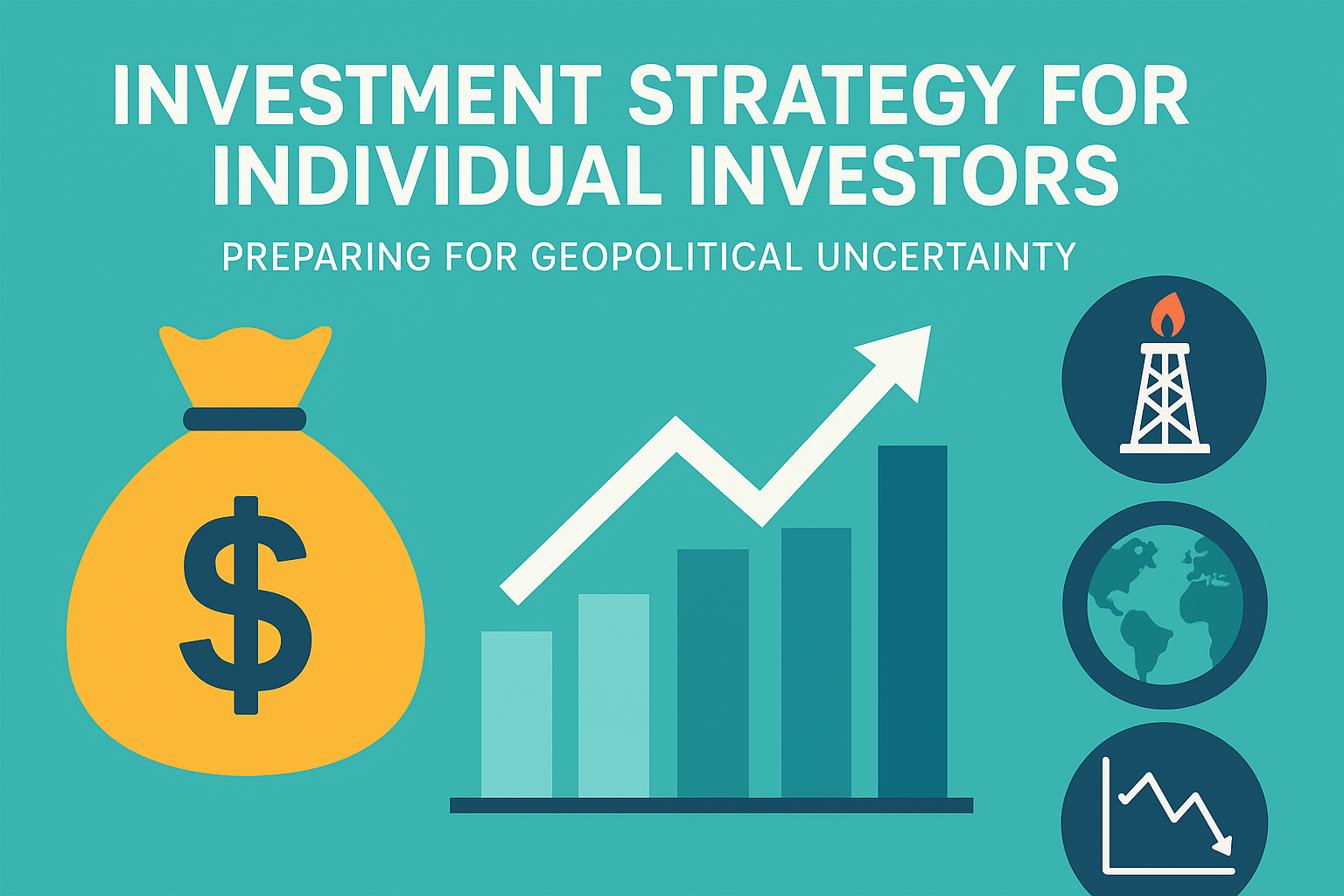— Tangible Assets in a Fragmented World Order —
Author: Senior Gold Market Strategist
Date: June 2025 Edition
- Geopolitical Risk as a Persistent Driver
- Central Bank Accumulation as a Structural Trend
- Macro Policy Shifts and Real Interest Rates
- Supply Constraints and Rising Production Costs
- Financial Infrastructure and Technological Catalysts
- Summary Table: Key Bullish Factors for Gold
- 🔍 Conclusion: Gold in a Multi-Crisis World
Geopolitical Risk as a Persistent Driver
Rise of Multipolar Uncertainty
Global geopolitical tensions—including the ongoing war in Ukraine, instability in the Middle East, and mounting cross-strait tensions in Asia—have led to a structurally heightened level of global uncertainty. In this context, gold continues to serve as a non-sovereign, politically neutral asset, attracting capital from central banks and institutional investors alike.
Sanction-Evasion Demand
Nations facing Western sanctions, such as Russia and Iran, are actively accumulating gold to insulate their reserves from US dollar–based financial infrastructure. Russia’s central bank, for instance, pivoted away from dollar-denominated assets toward gold post-2022, signaling a strategic shift toward “sanction-resistant” reserves.
Central Bank Accumulation as a Structural Trend
Sustained Net Purchases Since 2022
According to the World Gold Council (WGC) and the IMF, central banks have been net buyers of gold for over 15 consecutive years, purchasing over 1,000 tonnes annually since 2022. Notable buyers in 2024 included China, Poland, Turkey, and India.
De-Dollarization in Reserve Strategy
In response to geopolitical and financial fragmentation, emerging markets and BRICS nations are reallocating reserves away from the U.S. dollar toward gold. This aligns with broader de-dollarization efforts and enhances monetary autonomy.
Macro Policy Shifts and Real Interest Rates
Negative Real Rates Favor Gold
Since gold does not yield interest, its attractiveness increases when real interest rates (nominal minus inflation) fall, especially in high-inflation, low-yield environments. Recent signs of monetary easing and a plateau in rate hikes have revived bullish sentiment in the gold market.
Flight from Risk Assets
In times of market volatility—such as equity downturns or cryptocurrency corrections—gold often serves as a stabilizing anchor, with retail and institutional inflows into physical gold and ETFs reinforcing the upward price trend.
Supply Constraints and Rising Production Costs
Rising AISC and Mine Disruptions
The All-In Sustaining Cost (AISC) for gold mining has trended higher due to wage inflation, regulatory pressures, and energy costs. Major producers such as South Africa, Russia, and Peru are facing both political instability and operational challenges.
Stagnant Project Pipeline
New mine development remains sluggish due to capital discipline and environmental hurdles. As global gold demand continues to rise, the supply side remains constrained, creating a structurally bullish imbalance.
Financial Infrastructure and Technological Catalysts
Gold ETFs and Accessibility
Gold is no longer confined to vaults and coins. With the proliferation of gold ETFs, investors can seamlessly integrate gold into diversified portfolios, significantly boosting liquidity and demand.
Emerging Market Hubs for Physical Gold
Financial hubs like Dubai, Singapore, and Shanghai are rapidly developing localized gold markets. These centers are enhancing global accessibility, making gold a more universally fungible asset.
Summary Table: Key Bullish Factors for Gold
| Category | Upward Pressure | Notes |
|---|---|---|
| Geopolitical Risk | ◎ Very Strong | Ongoing and structural conflicts |
| Central Bank Demand | ◎ Very Strong | De-dollarization and reserve diversification |
| Macro Conditions | ○ Moderate | Real interest rate dynamics are critical |
| Supply Constraints | ○ Strong | High costs and underinvestment |
| Financial Innovation | △ Limited | ETFs and digital access increasing retail demand |
🔍 Conclusion: Gold in a Multi-Crisis World
The convergence of geopolitical realignment, systemic financial risk, and inflationary pressures points toward continued upward pressure on gold prices. Unlike fiat currencies or speculative assets, gold stands alone as a liquid, politically neutral, and inflation-resilient store of value. From the perspective of a gold strategist, the long-term outlook remains structurally bullish.


